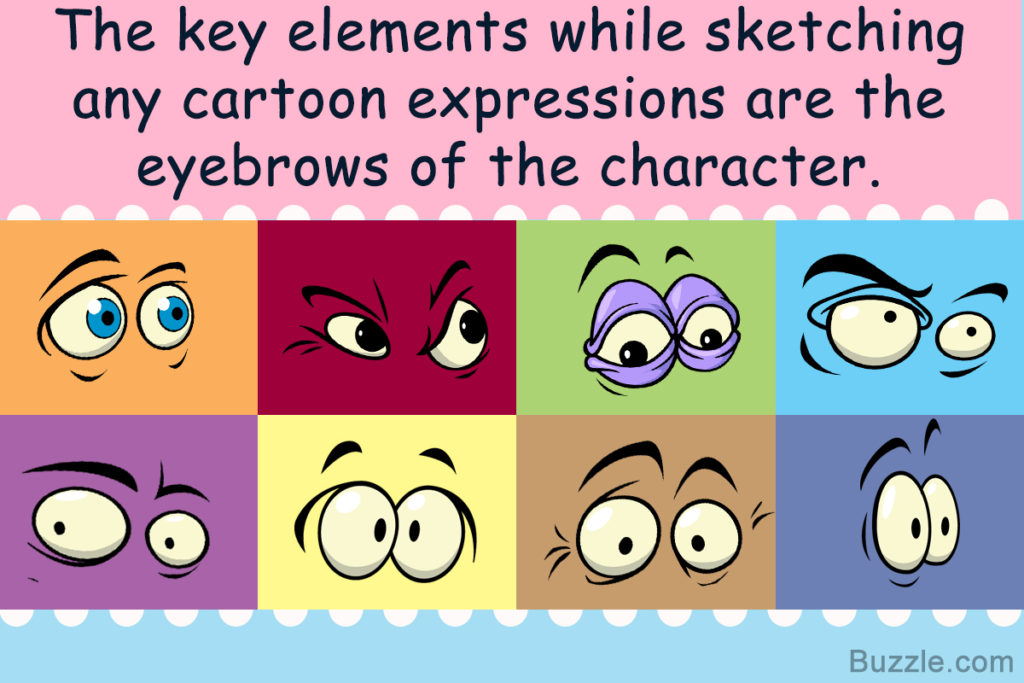 Recently, my adult daughter asked me, “Dad are you mad at me?” I was surprised at her question. “Of course not,” I replied, “what makes you think I’m upset?” She said, “I’m just having a hard time reading your silence and your facial expression.”
Recently, my adult daughter asked me, “Dad are you mad at me?” I was surprised at her question. “Of course not,” I replied, “what makes you think I’m upset?” She said, “I’m just having a hard time reading your silence and your facial expression.”
I then realized that I was displaying my “resting face,” which is, at best, difficult to read, and at worst foreboding and unfriendly.
Some definitions will help:
Resting face – the way your face looks when you are at ease, with facial muscles relaxed.
Engaged face – the way your face looks when you are consciously manipulating your face to appear more engaged, approachable, and friendly. I’ve also heard this called a “yes face.”
To display an engaged face, raise the eyebrows, open up the eyes, smile, and raise the forehead.
To exhibit a resting face, do nothing.
I constantly hound my adult choir about this, reminding them that during performance their resting face is inadequate. If we’re singing a joyful text we need to look joyful. Actually, regardless of the message we’re singing, a resting face is lacking; it’s boring and unconvincing.
I have a friend who constantly bears a pleasant expression. I asked him how he managed to maintain such an agreeable and inviting countenance. He said that it was a habit he consciously developed through the years. Now it is his default setting.
We must learn when we need to “change masks.” When I’m alone, my resting face will suffice, but when I’m in public and especially when people are looking at me, I should perk up my countenance.
[reminder]What are your thoughts about this essay?[/reminder]
